For most women periods come and go with little more than inconvenience. For other women, menstruation is fraught with pain, stress, mood disorders and heavy bleeding.
Common menstrual disorders include:
Pre menstrual syndrome (commonly called PMS)
Characterised by a range of physical and emotional changes, PMS occurs up to two weeks before menstruation. Symptoms may include fatigue, depression, anxiety, tearfulness, insomnia, fluid retention and bloating, breast tenderness, headaches, acne, clumsiness and constipation. Causes may include progesterone deficiency and a relative oestrogen excess; low levels of the brain chemical serotonin; an excess of the hormone prolactin; vitamin b6 and magnesium deficiency.
Menorrhagia
If you need to stay close to a toilet during your period for fear of heavy blood loss and flooding, then you have this condition where blood loss can be up to 25 times heavier than a normal period. When the period is regular but heavy, an identifiable cause is rarely found. When the cycle is irregular and heavy, a hormonal cause is most likely to blame, especially in early teens and prior to menopause. Structural problems such as uterine fibroids (non-cancerous growths in the lining of the uterus) can cause heavy bleeding, Less common causes relate to low thyroid levels, pelvic inflammatory disease, polycystic ovaries and cancer. All cases of menorrhagia should be investigated and many require treatment.
PMDD (Premenstrual Dysphoric Disorder)
PMDD is a much more severe form of PMS. It appears to be associated with an increased sensitivity to the normal hormone changes of the menstrual cycle. Symptoms include extreme sadness, anger and irritability as well as many of the other PMS symptoms. The symptoms usually resolve as soon as the period starts. Medication for mood stability and lifestyle changes are important in treating this condition.
Amenorrhoea (Lack of Periods)
With Amenorrhoea the periods come only sporadically or not at all. Primary amenorrhoea is diagnosed if you turn 16 and have developed normally but never had a period. This can be caused by problems with the ovaries or the pituitary gland and investigation is important. Secondary amenorrhoea occurs if you have had regular periods and they suddenly stop for three or more months. Malnutrition, excessive dieting and weight loss, stress, illness and over-exercising can all cause periods to stop.
Dysmenorrhoea (Painful Periods)
Severe pain during peroids may cause fainting, sweating and vomiting. Cramps can occur in the abdomen, thighs, buttocks and lower back, and can start before or with menstrual bleeding. Period pain is caused by the release of hormones including prostaglandin, which is also released during childbirth, causing uterine contraction in both cases. Fibroids, pelvic inflammatory disease, endometriosis, adhesions and the presence of an IUD can all cause painful periods.
Prevention and Treatment
1. Banish PMS
Lifestyle, exercise and nutrition have much to do with minimising PMS. Ensure that you get a regular 7–8 hours of sleep every night. Exercise regularly with aerobic activity for at least 30 minutes 4–5 times a week. Limit your intake of alcohol, caffeine (coffee, tea, energy drinks and chocolate), sugar and saturated fats (animal fats such as meat and dairy products). Increase your fibre intake by ensuring you have at least 5 servings of fruits and vegetables every day; eat wholegrains and wholemeal bread instead of refined grains; try to have oily fish (salmon, sardines, herrings and tuna) 3–5 times a week; and increase your intake of healthy omega-3 fatty acids from nuts and seeds, fish, avocado, flax and olive oils. PMS can be helped by taking pyridoxine or vitamin B6 and sometimes the serotonin-releasing agents are very helpful.
2. Heavy bleeding
Heavy bleeding may be a sign of underlying disease and needs to be checked out by your doctor for possible causes. Treatment is necessary where iron deficiency occurs or quality of life is compromised. There are some medications that help such as hormones and tranexamic acid. The Mirena IUD has revolutionised the treatment field; this is an intra-uterine device containing a band of progestogen which is released slowly into the lining of the uterus. It lasts five years and can be removed or replaced at any time. Surgical treatment for heavy bleeding is sometimes necessary and this can range from endometrial ablation using heated balloons, microwaves, light and lasers through to removal of fibroids in the lining of the uterus or even hysterectomy. In mild cases, vitamin C and bioflavonoid supplements may reduce heaviness of bleeding. The astringent herb Shepherd’s Purse has long been used by naturopaths to reduce menstrual bleeding.
3. Absent periods
Absent periods may be the result of malnutrition, being underweight or over-exercising. If your percentage body fat drops too low, menstruation will cease. Protein and calorie deficiency, along with a lack of dietary zinc can cause amenorrhoea. Gaining weight, cutting back on exercise and eating more protein (meat, fish, chicken, dairy products, eggs, beans and nuts and seeds) can restore menstruation.
4. Menstrual pain
If menstrual pain is severe and ongoing, see your GP for further testing to rule out underlying illness such as endometriosis or pelvic inflammatory disease. Non-steroidal anti-inflammatory drugs can be very helpful for period pain. Help yourself with regular aerobic exercise and stretching exercises such as yoga. Reduce the levels of inflammatory prostaglandins by reducing animal fats and increasing omega-3 fats (see above); limit alcohol and caffeine; increase magnesium-rich foods by eating leafy green vegetables, fruit, nuts and seeds. Nutritional supplementation with fish oil, magnesium, B6 and B complex may ease pain. Traditional Chinese Acupuncture can be very effective for treating dysmenorrhoea.
5. Rule out endometriosis
Endometriosis is a frequently overlooked cause of chronic menstrual pain. Symptoms can range from pain occurring with menstruation, through to a debilitating spectrum of symptoms which may occur throughout the month. These may include fatigue, depression, severe pain with ovulation, urination, bowel motions or intercourse. Endometrioisis occurs when endometrial tissue lining the uterus escapes into the abdomen, attaches itself to abdominal organs, and then bleeds into the abdominal cavity each month during menstruation. This bleeding then causes the formation of cysts and adhesions with resulting pain. Undiagnosed endometriosis is a common cause of infertility. Accurate diagnosis of this condition always involves a laparoscopy under a general anaesthetic.






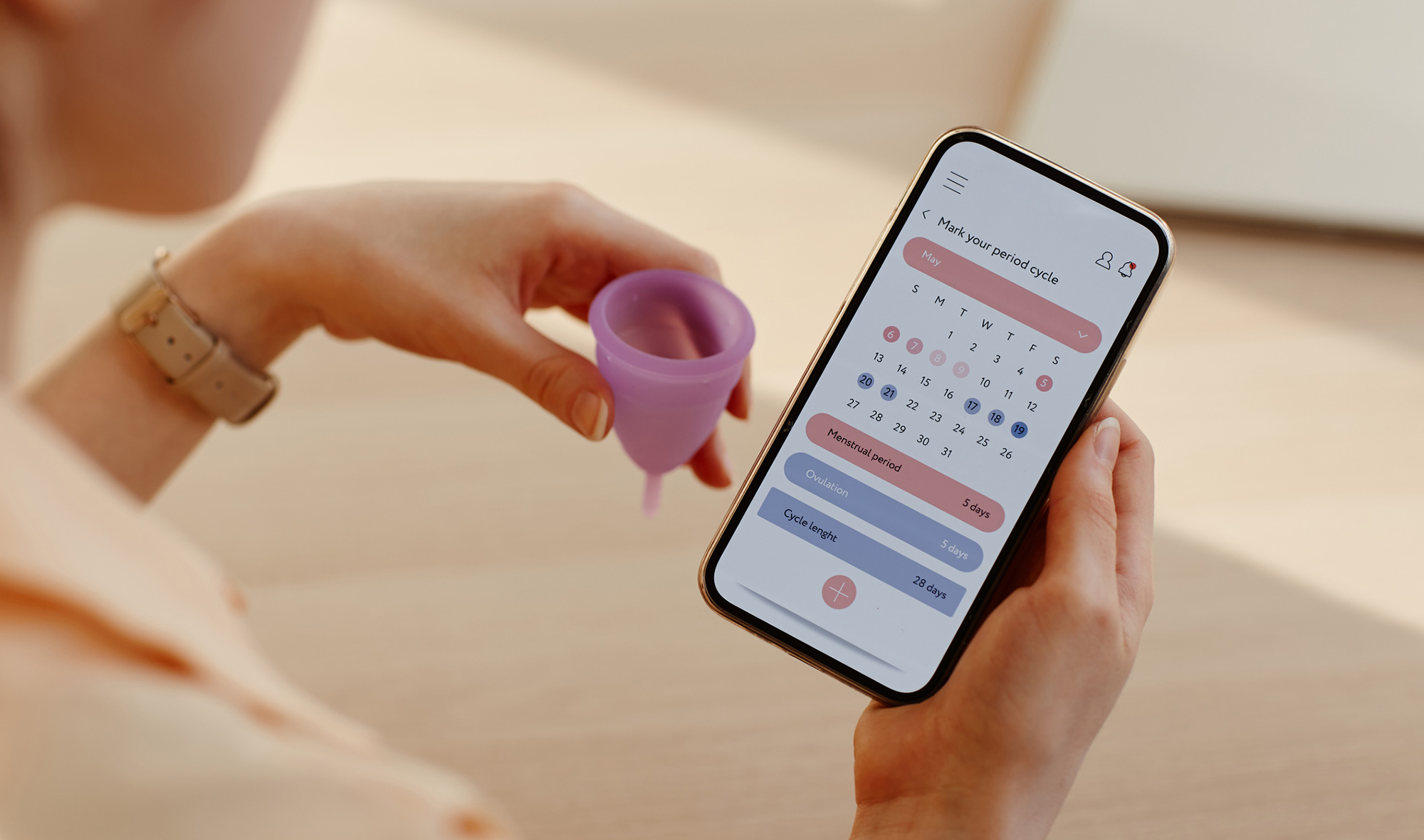

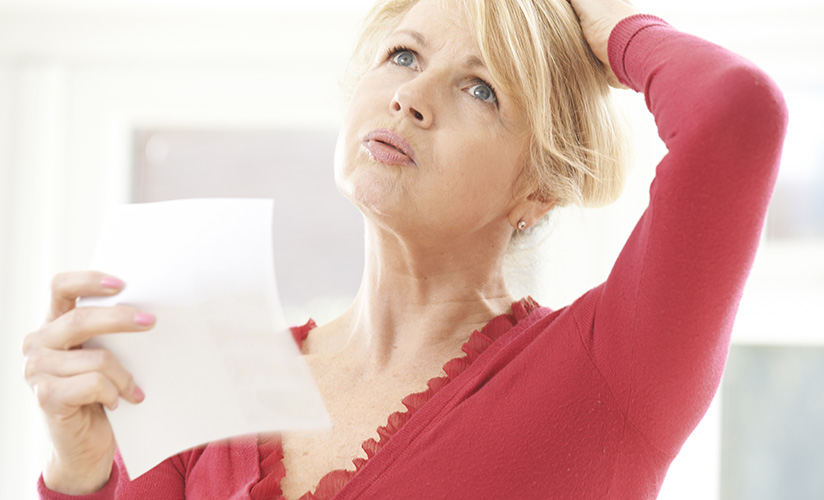
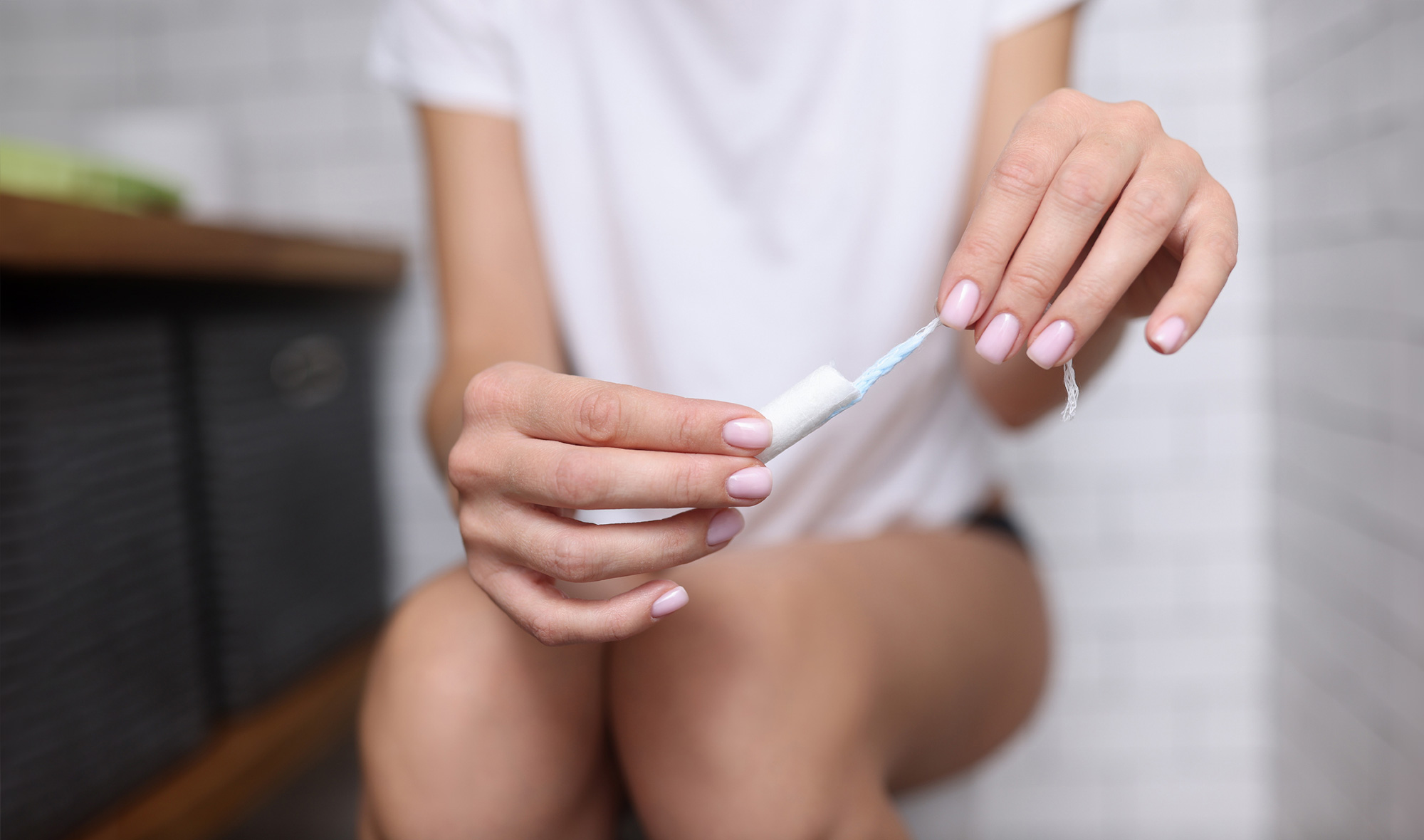
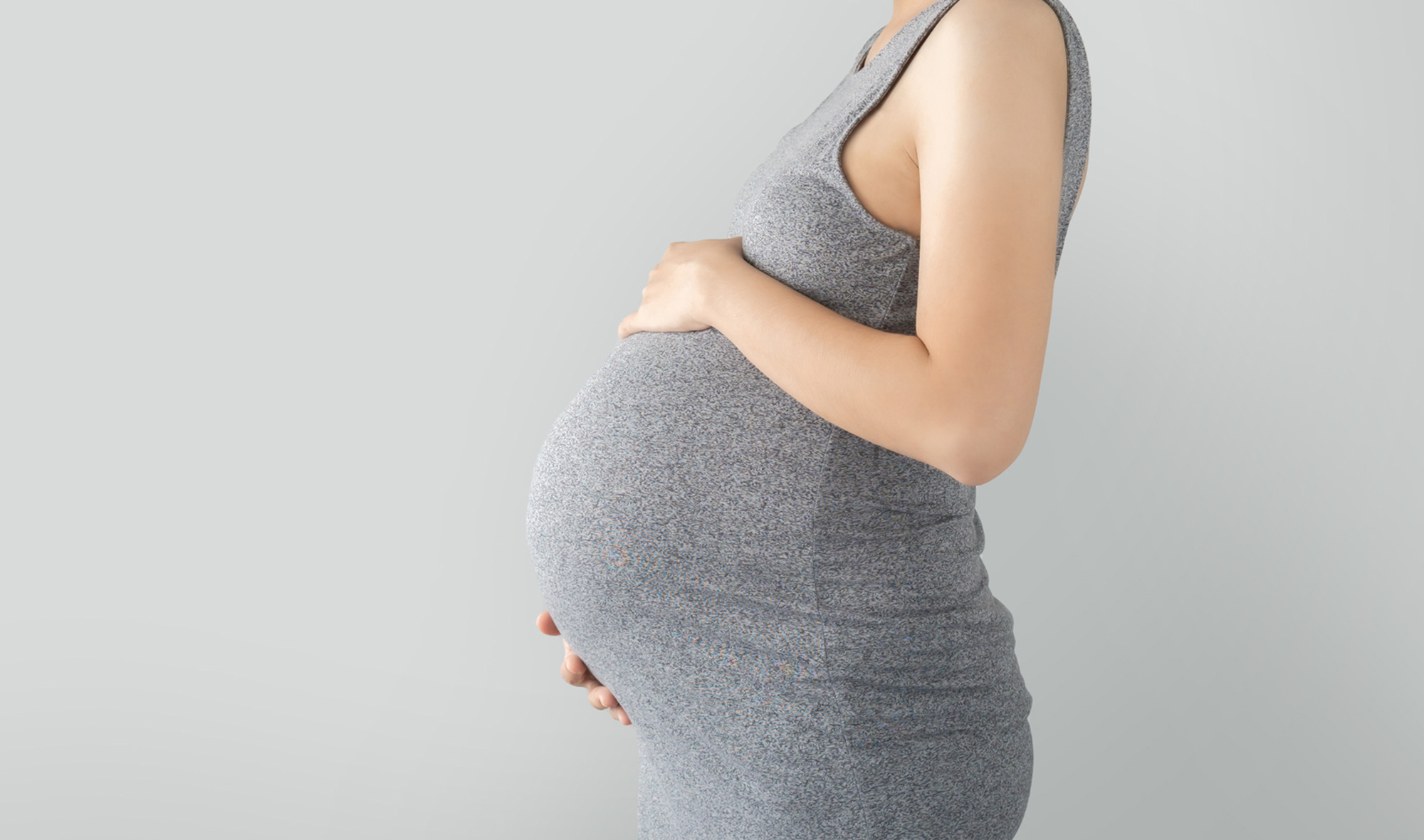


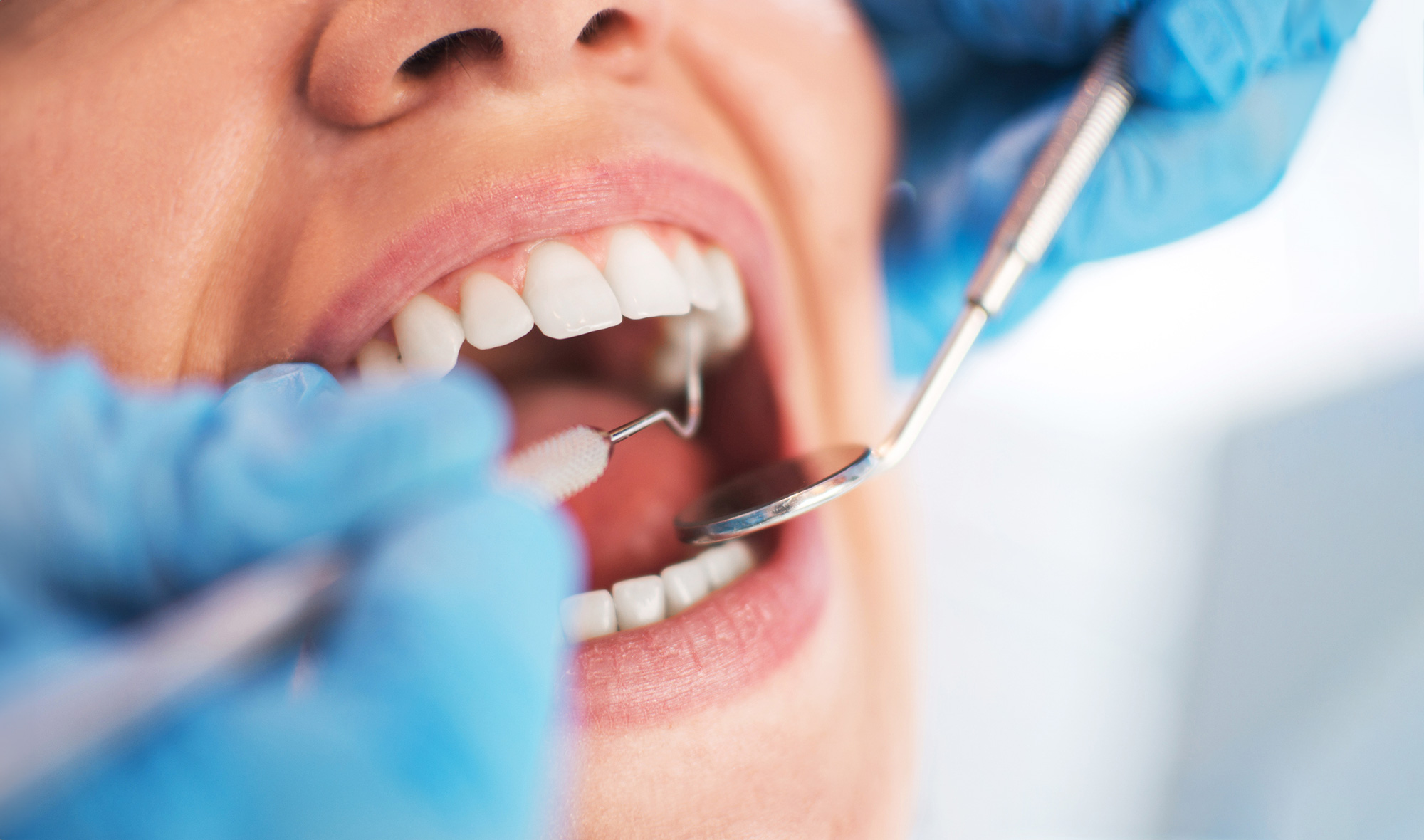
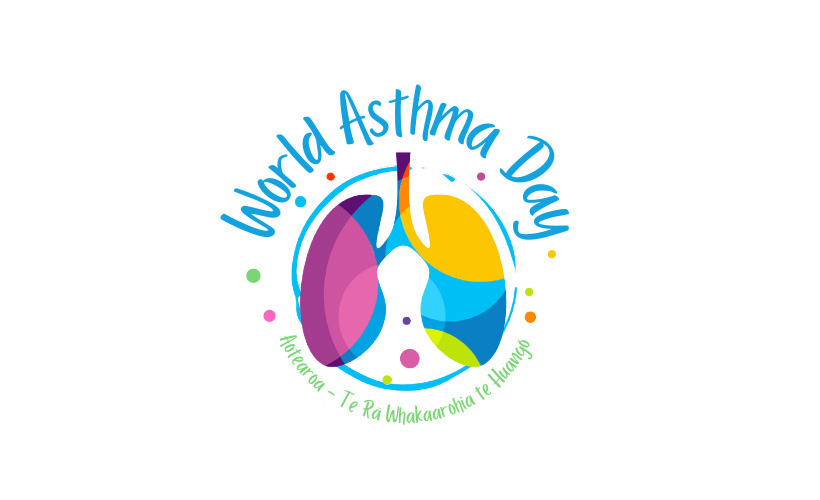


Community